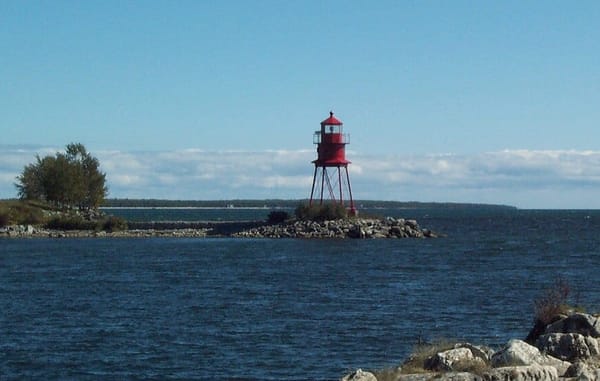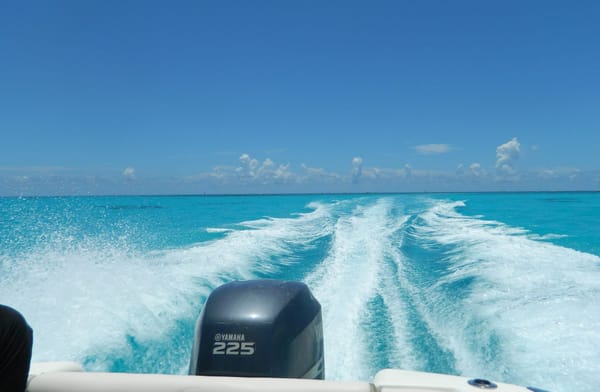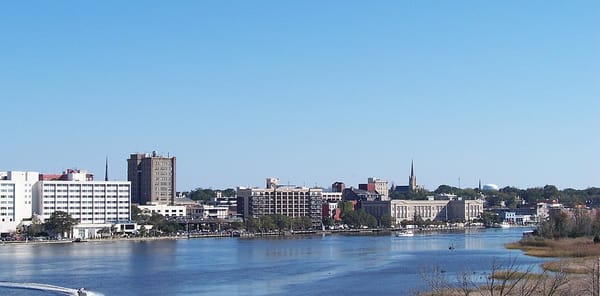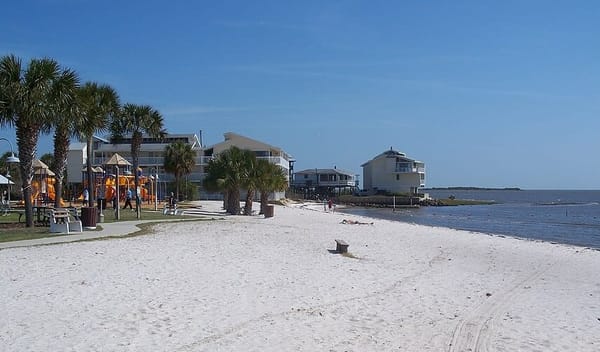Adventures in Boating: The Leeward and Windward Islands of the Lesser Antilles
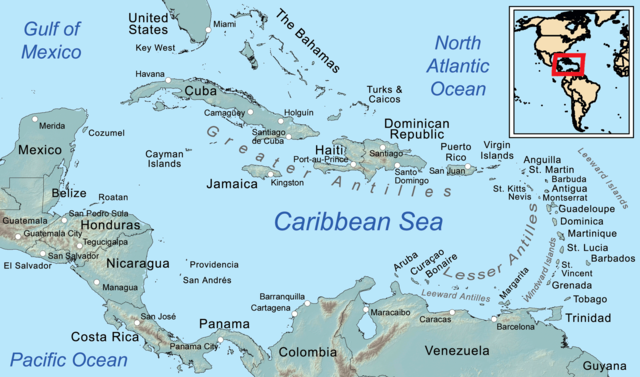
The Lesser Antilles is a group of islands in the Caribbean Sea. The chain forms a long, curving archipelago between the Greater Antilles (which includes Jamaica, Cuba, Puerto Rico, the Cayman Islands, Haiti and the Dominican Republic) to the north and the South American coast to the south.
This Lesser Antilles chain includes the British and U.S. Virgin Islands, Leeward Islands, Windward Islands and the islands off the coast of Venezuela. Known for their stunning natural beauty, these islands boast diverse landscapes from volcanic mountains and lush rainforests to pristine beaches and coral reefs.
Today, we’re going to talk about the Leeward and Windward Islands. The Lesser Antilles are a popular destination for tourists seeking tropical getaways, rich cultural experiences and a variety of water sports and activities. If you’re sailing or setting off from a private boat dock rental or marina for a Bahamas - Cuba Loop adventure or traveling to the Bahamas from Florida, you may be interested to learn a bit about this chain of islands.
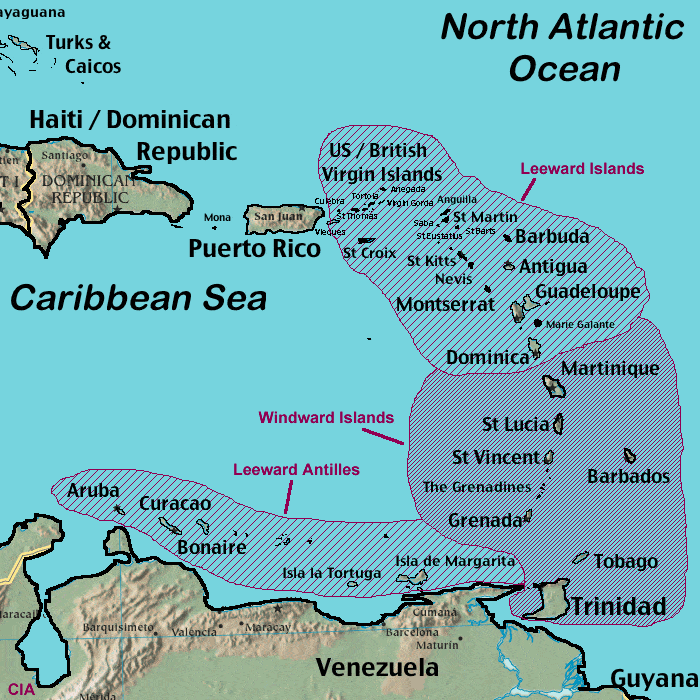
Leeward Islands
The Leeward Islands are part of the larger West Indies archipelago. The West Indies are a subregion that separates the Caribbean Sea from the Gulf of Mexico. It includes all of the Antilles islands, as well as the Bahamas and the Turks and Caicos islands (which are technically in the Atlantic Ocean. See how all of this gets confusing real quick?
Located where the northeastern Caribbean Sea meets the western Atlantic Ocean, the Leeward Islands form the northern part of the Lesser Antilles chain. These islands are known for their natural beauty and rich history. Here's an overview of some key aspects of the Leeward Islands to check out before you leave that private boat slip for rent or cast off from the marina docks.
The islands are known as “leeward” because of their downwind location. In sailor speak, leeward means the opposite direction of the wind. Mountains and hills protect the islands from trade winds, which blow from the northeast across the West Indies.
Geography of the Leeward Islands

The Leeward Islands stretch from the Virgin Islands in the north to Guadeloupe in the south. They include both independent nations and territories of other countries. Some of the principal islands in this group are:
- U.S. Virgin Islands: Comprising St. Thomas, St. John, St. Croix and several smaller islands, the U.S. Virgin Islands are an unincorporated territory of the United States.
- British Virgin Islands: The British Overseas Territory of the British Virgin Islands include Tortola, Virgin Gorda, Anegada and Jost Van Dyke.
- Anguilla: Anguilla is a British Overseas Territory known for its pristine beaches and coral reefs.
- Saint Martin/Sint Maarten: This island destination is divided between French (Saint Martin) and Dutch (Sint Maarten).
- Saint-Barthélemy: Commonly known as St. Barts, this French overseas collectivity is renowned for its upscale tourism.
- Saba, Saint Eustatius, and Saint Kitts and Nevis: These volcanic islands offer lush landscapes and a rich colonial history.
- Antigua and Barbuda: Antigua and Barbuda are independent nations with famous beaches, sailing regattas and vibrant cultural festivals.
- Montserrat: Montserrat is a British Overseas Territory with an active volcano, Soufrière Hills, which has significantly impacted the island in recent decades.
- Guadeloupe: Guadeloupe is a French overseas region consisting of several islands and known for its blend of French and Caribbean cultures.
Climate
The Leeward Islands offer a tropical climate for boaters traveling from private boat lifts for rent. It’s characterized by warm year-round temperatures and distinct wet and dry seasons. June through November is the wet season, which coincides with the Atlantic hurricane season and brings severe weather to the region.
History
The Leeward Islands have a complex and rich history influenced by indigenous populations, European colonization and the African slave trade. The islands were originally inhabited by the Arawak and Carib peoples. Christopher Columbus encountered the islands on his second voyage in 1493, leading to European colonization by the Spanish, French, British and Dutch.
During the colonial period, the islands were sites of intense rivalry among European powers, resulting in frequent conflicts and changes in control. The economy of the islands was largely driven by sugarcane plantations, which relied heavily on enslaved labor.
Culture
The Leeward Islands are culturally diverse, reflecting the influences of indigenous peoples, African heritage and European colonial powers. This blend is evident in the islands' languages, religions, music and cuisine. English, French, Dutch and various Creole languages are spoken across the islands.
Cultural events and festivals play an important role in the social life of the islands. Carnival is celebrated with parades, music, dance and elaborate costumes. Other cultural expressions include calypso, reggae, zouk and soca music.
Tourism and Economy
Tourism is a vital industry for the Leeward Islands, attracting boaters and visitors with idyllic beaches, clear turquoise waters and vibrant marine life. Activities such as snorkeling, diving, sailing and hiking are popular among tourists. From the luxury resorts of St. Barts to the natural beauty of Antigua's beaches and Montserrat's dramatic volcanic landscape, each island has its own unique personality and attractions.
The islands' economies benefit from tourism, agriculture, fishing and financial services. However, the reliance on tourism makes them vulnerable to economic fluctuations and natural disasters, particularly hurricanes.
Challenges
The Leeward Islands face several challenges, including environmental vulnerabilities, economic dependency on tourism and the impacts of climate change. Hurricanes pose a significant threat, as seen in recent years with devastating storms like Hurricane Irma in 2017. Efforts to promote sustainable development and diversify economies are crucial for the islands' future resilience.
Tips for Sailing in the Leeward Islands
- Weather Awareness: Always check the weather forecasts and be mindful of hurricane season, which runs from June to November.
- Local Regulations: Familiarize yourself with the customs and immigration procedures for each island, as they can vary.
- Respect for the Environment: Practice sustainable sailing by respecting marine protected areas and minimizing your environmental impact.
Sailing Amenities
- Marinas and Facilities: The Leeward Islands are well-equipped with modern marinas and facilities to cater to sailors. Notable marinas include Nelson’s Dockyard in Antigua and Marina Fort Louis in Saint Martin.
- Provisioning and Supplies: The islands offer ample opportunities for provisioning, with supermarkets, local markets and specialty stores readily available to boaters at marinas or private boat slip rentals.
- Charter Options: Whether you prefer bareboat, crewed or skippered charters, numerous companies offer a range of vessels to suit different needs and budgets.
Windward Islands
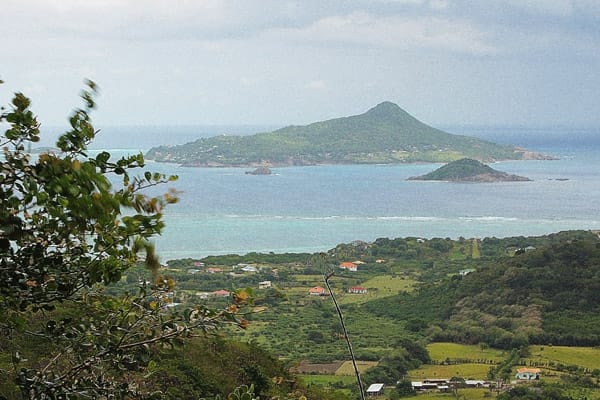
The Windward Islands are a group of islands located in the southern part of the Caribbean’s Lesser Antilles. These islands form an arc that extends from Martinique in the north to Grenada in the south. They’re situated between the Atlantic Ocean to the east and the Caribbean Sea to the west.
These islands are named "Windward" due to their position facing the prevailing trade winds that blow from the east. In sailor speak, windward means towards the source of wind.
Geography of the Windward Islands
The Windward Islands include:
- Martinique (France): Martinique is a vibrant island with a mix of French and Caribbean culture. It’s known for its lush landscapes, volcanic activity (Mont Pelée) and beautiful beaches.
- Saint Lucia: Saint Lucia is famous for its dramatic twin peaks, the Pitons, and stunning natural beauty, which includes rainforests, waterfalls and Sulphur Springs, the world’s only drive-in volcano.
- Saint Vincent and the Grenadines: Saint Vincent and the Grenadines is an archipelago comprising the main island of Saint Vincent and a chain of smaller islands and cays known as the Grenadines. It’s known for sailing, diving and beautiful beaches.
- Barbados: Though often grouped with the Windward Islands, Barbados is technically part of the Lesser Antilles but lies slightly to the east of the main island chain. It’s known for its British colonial history, vibrant culture and beaches.
- Grenada: Known as the "Spice Island" for its production of nutmeg and other spices, Grenada boasts beautiful beaches, rainforests and the stunning Grand Anse Beach.
The Windward Islands experience a tropical climate characterized by a wet season (from June through November) and a dry season (from December through May). The wet season brings heavy rains and the threat of hurricanes, while the dry season offers more stable and sunny weather, making it the peak time for tourism and boat travel from marinas, docks and private boat slip rentals.
Culture and Economy
The culture of the Windward Islands is a rich blend of indigenous, African, European and Asian influences. Each island has its unique cultural expressions, including music, dance, festivals and cuisine. For example, Martinique has a strong French influence, while Saint Lucia is known for its Creole heritage.
Economically, the islands rely heavily on tourism, which capitalizes on their natural beauty, beaches and marine activities like sailing and diving. Agriculture also plays a significant role, with export products like bananas, spices and cocoa.
History
The history of the Windward Islands is marked by colonization and conflict. Originally inhabited by Indigenous peoples like the Arawaks and Caribs, the islands were later colonized by European powers, primarily the French and British. This colonial history has left a legacy of cultural diversity and historical sites that attract many visitors.
Tourism and Activities
Tourism is a major industry in the Windward Islands, with visitors drawn to their natural beauty, warm climate and vibrant cultures. Activities include:
- Beaches and Watersports: Enjoy pristine beaches, snorkeling, diving and windsurfing.
- Hiking and Eco-Tourism: Check out rainforest hikes, waterfalls, bird watching and volcano excursions.
- Cultural Festivals: Music and dance festivals, such as Martinique's Carnival, Saint Lucia's Jazz Festival and Grenada's SpiceMas are wonderful events to visit from private boat lifts for rent.
- Historical Sites: Visit colonial forts, plantations and museums that showcase the islands' rich history.
Tips for Sailing in the Windward Islands
- Weather Awareness: Pay attention to weather forecasts, particularly during the hurricane season from June to November.
- Customs and Immigration: Each island has its own customs and immigration procedures, so it's important to check the requirements before setting off from a marina or private boat dock rental.
- Environmental Responsibility: Practice sustainable sailing by adhering to marine protection regulations and minimizing your environmental footprint.
Sailing Amenities
- Marinas and Anchorages: The Windward Islands have well-developed marinas and anchorages with excellent facilities. Notable marinas include Rodney Bay Marina in Saint Lucia and Port Louis Marina in Grenada.
- Provisioning and Supplies: Provisioning is convenient. There are numerous supermarkets, local markets and specialty stores available on the main islands.
- Charter Options: A variety of charter companies offer options ranging from bareboat to crewed charters, accommodating different preferences and budgets.
The steady trade winds of both the Leeward and Windward Islands are renowned for their excellent sailing conditions, making either a great choice for sailing from private boat docks for rent and marinas.
